The Hawaii airline industry is steadily shifting its focus toward what many feel are far less comfortable narrow-body aircraft for long-haul routes. This trend is visible across all major carriers. It includes Alaska and Southwest, which exclusively operates narrow-body fleets, and wide-body operators, which include American, Delta, Hawaiian/Alaska, and United.
For Hawaii travelers, this shift raises outspoken visitor concerns about the loss of spaciousness and the additional comfort provided by wide-body planes. Airlines emphasize operational efficiency and cost savings as key drivers. However, the potential redeployment of more wide-body aircraft to lucrative international and transcontinental routes leaves travelers questioning whether profit is prioritized over passenger experience.
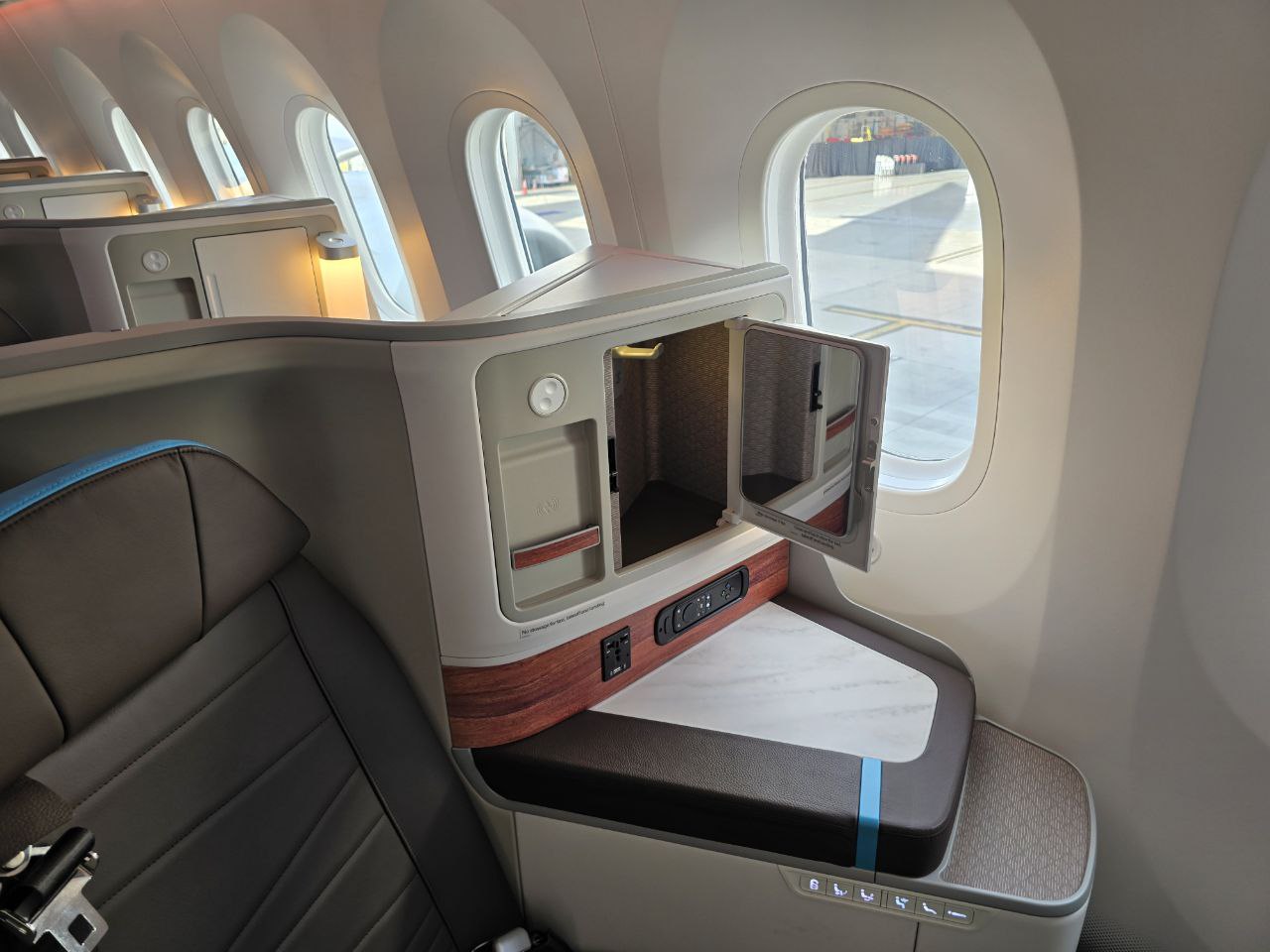

Looking ahead: How to make your Hawaii flight more comfortable.
Here are specific strategies to help you find relief on your next flight to Hawaii:
Choose your seats wisely.
- Try our tried-and-true extra economy seat trick, which continues to deliver results—even, for example, on tickets we just purchased today.
- Use seat maps during booking to identify and select extra-legroom or bulkhead seats for added comfort.
Compare airlines and aircraft.
- Seek out flights operating wide-body planes, which may offer more space and amenities than narrow-body options.
- Even with wide-bodies, check seat maps to confirm seating arrangements and avoid surprises.
Consider Upgrading.
- Use accumulated airline miles to upgrade to premium economy or first class if it is feasible, and the value is good—it’s been one of our most reliable comfort hacks for many years.
- While bidding for upgrades hasn’t worked for us, many travelers have succeeded with this approach, so it’s worth considering.
Passenger comfort: narrow-bodies vs. wide-bodies.
As airlines increasingly deploy narrow-body aircraft on Hawaii routes, passengers voice concerns about the impact on comfort and the overall travel experience. From tight seating layouts to cabin amenities and lavatories, the shift leaves many of us longing for the spaciousness of yesteryear’s wide-body plane experience.
Dennis D. encapsulates the frustration felt by frequent flyers, saying: “It’s sad to see the decline of true ‘First Class’ with the expansion of narrow-body aircraft. It’s like Economy with more legroom.” Similarly, Capt. Tom avoids specific routes altogether, saying, “I won’t fly from first-class via LAX because it means a 737 to Hawaii.”
For some, narrow-body first class doesn’t meet expectations. Jessica B. remarked, “Narrow-body first class is just a glorified economy with bigger seats. It feels cramped, especially if you’re used to flying internationally.”
Daniel M. highlights the emotional connection to the in-flight experience on Hawaiian Airlines: “No one wants to fly on a single aisle 737 to Hawaii. We love Hawaiian Airlines because your vacation starts when you board.”
Seat configurations also play a significant role in the debate. Gaye H. prefers wide-body layouts, saying, “The 3-3 layout on narrow-body planes is inconvenient. We prefer the A330’s 2-4-2 configuration.” It’s worth noting that 3-3-3 is also found on widebody Dreamliner planes.
Finally, the physical toll of narrow-body planes concerns regular commenters like Jay H., who shared, “Too long to be cramped in an increasingly abysmally narrow seating slot for my battered knees.”
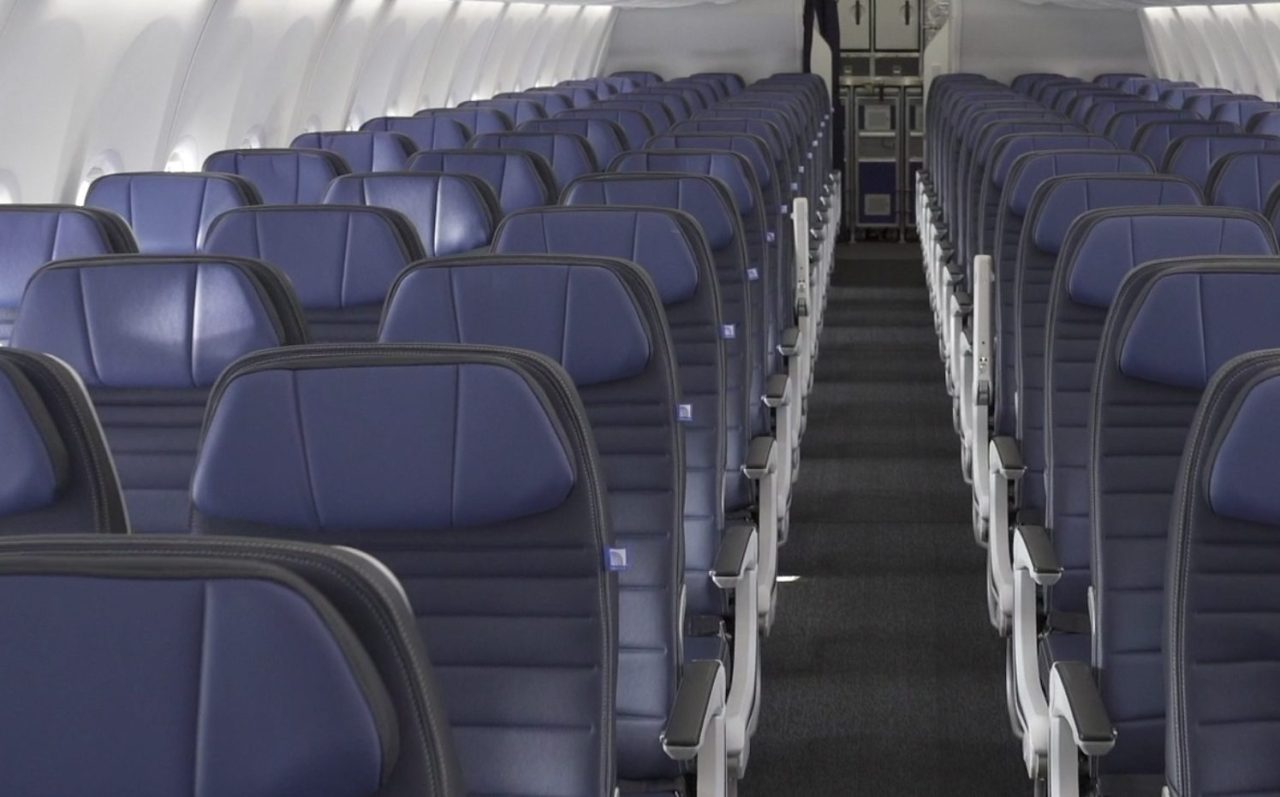

Operational efficiency vs. customer preferences.
The growing dominance of narrow-body aircraft reflects a broader shift in the industry, not just Hawaii, driven by the promise of greater fuel efficiency and cost savings. However, this evolution often clashes with customer expectations, especially for those flying long-haul routes like historically dreamy ones to Hawaii.
“Definitely less wide-body options as the narrow-body becomes more popular and fuel efficient.” Airlines see the economic advantages of using smaller planes on routes that might not fully utilize the capacity of wide-body aircraft, particularly in leisure markets like Hawaii. Yet, this strategy often leaves passengers feeling shortchanged.” Commenter Rich C.
Dennis D. voiced a sentiment shared by many Hawaii flyers: “Bit by bit, the airlines are ‘conditioning’ passengers to accept less and pay more. Bring back the wide bodies!” For travelers accustomed to the comfort and amenities of wide-body planes, the shift to narrow-bodies feels like a downgrade, even in premium cabins.
Even among aviation aficionados, the choice between operational efficiency and passenger comfort remains divisive.
Beat of Hawaii editors, for instance, have vowed to try to fly only wide-body planes to and from Hawaii whenever possible, even though it requires a connecting flight to and from Honolulu. After last week’s experience with a three-seat trick on United Airlines following a self-downgrade from first class, the advantages of wide-body configurations became even more apparent. That after crossing the Pacific hundreds of times.
The tension between operational efficiency and customer satisfaction underscores a key challenge for airlines navigating evolving market dynamics. While narrow bodies may make financial sense for airlines on most Hawaii flights, the decision often comes at the expense of the passenger experience.
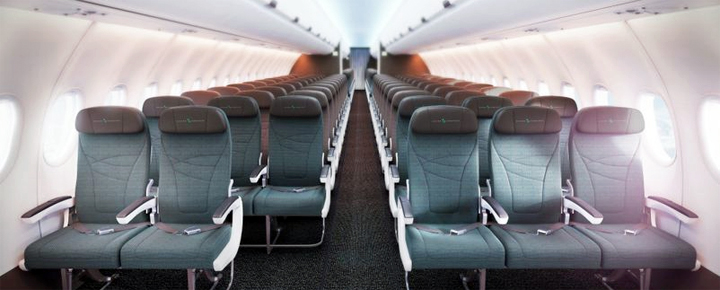

Economic and market realities.
The shift to narrow-body aircraft isn’t just about operational efficiency but broader economic and market realities reshaping the airlines. As they compete in a highly price-sensitive environment, the economics of narrow-body planes often outweigh customer preferences for wide-body comfort.
Aloha M. offered a pragmatic perspective, noting the inevitability of this transition: “Expect 3×3 narrow-body flights from Hawaii to/from the West Coast. It makes operational sense for the airlines.” The reduced operating costs of narrow bodies make them attractive for routes with fluctuating demand, especially in leisure markets like Hawaii.
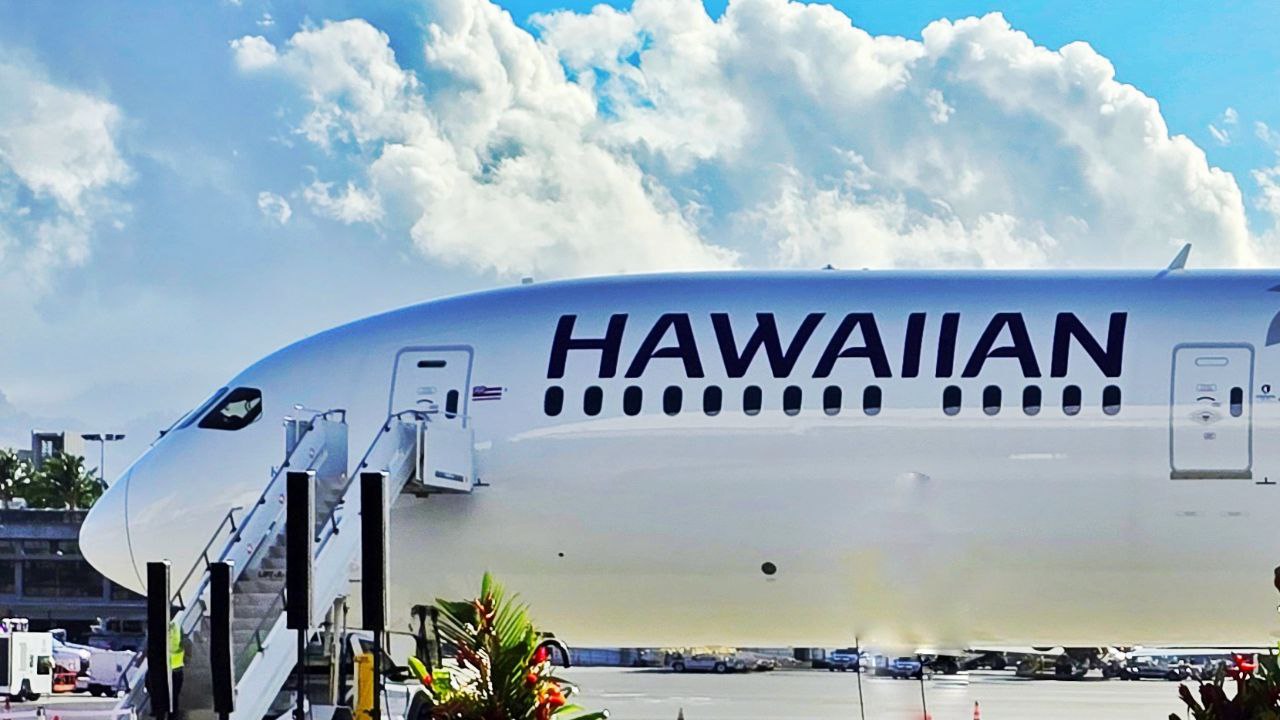

And where will Alaska-Hawaiian Airlines stand?
As carriers like Alaska Airlines position themselves for growth in key hubs like Seattle, redeploying wide-body aircraft to more profitable routes seems increasingly likely.
For now, the combined company is committed to retaining widebody routes to Hawaii. As the integration continues, however, we anticipate that more wide-body planes will fly for Alaska out of the Pacific Northwest and more narrow-body planes fly to Hawaii. It just makes economic sense.
For Hawaii travelers, these realities mean adjusting expectations. While wide-body aircraft from Hawaiian may still serve select routes, the industry’s trajectory strongly suggests that narrow-bodies will become the new normal for most flights to and from the islands, no matter the airline.
Widebody aircraft will continue to make sense only on the most heavily trafficked and longest-distance routes. Those include those domestic cities furthest afield.
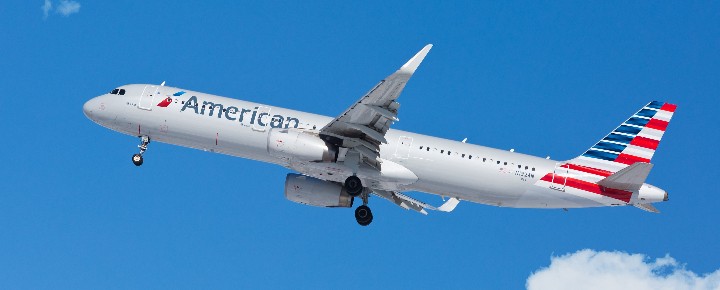

Enters A321XLR: narrow bodies stretching further than ever before.
The Airbus A321XLR is redefining the possibilities of narrow-body aircraft, extending their range to cover distances traditionally served by wide-body planes. With a maximum range of 4,700 nautical miles, this aircraft enables airlines to connect Hawaii with cities as far as Chicago, Dallas, and even parts of the East Coast without requiring a larger, costlier, wide-body jet. For carriers seeking to optimize costs while maintaining route flexibility, the A321XLR is an enticing option.
However, for travelers, the allure of nonstop flights comes with notable sacrifices in comfort. The 3-3 seating configuration, narrower aisles, and limited cabin space lack the amenities and roominess of wide-body aircraft that have long defined the Hawaii travel experience.
As more airlines adopt the A321XLR for Hawaii routes, the debate intensifies over whether operational efficiency justifies what passengers increasingly view as a downgrade in comfort and overall experience. For more insights, see “Route Opener Aircraft Could Revolutionize Hawaii Travel—Are You Game?”.
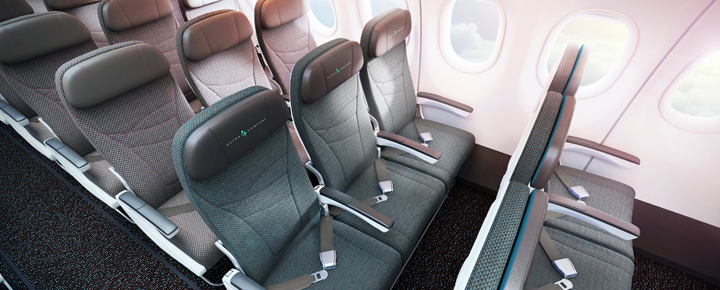

Industry comparisons.
The transition to narrow-body aircraft has drawn sharp criticism from travelers, especially those who fondly remember the “golden age” of Hawaii air travel. The contrast between past experiences and the current industry trends couldn’t be more extreme, highlighting a broader debate about passenger comfort versus operational efficiency.
Tom M. expressed his frustration with no ambiguity: “Narrow-body planes for Hawaii flights should be outlawed! First class on an A321 feels like a punishment.” His comment reflects a common sentiment that narrow bodies lack the space and amenities travelers associate with Hawaii-bound flights, often viewed as essential parts of the vacation experience.
Rich added a more nostalgic perspective, lamenting the decline in passenger focus: “I’ll take a wide-body over a narrow-body any day, but airlines don’t care about the passenger experience anymore.” For many, wide-body aircraft symbolize an era of more luxurious and spacious air travel that has disappeared in favor of cost-cutting measures.
These comparisons reveal a tension between the industry’s push for economies and passengers’ desire for comfort. However, the bigger question is whether this push-pull could influence future competition in the Hawaii market.
We welcome your input! Can you make even narrow-body Hawaii flights comfortable?
Get Breaking Hawaii Travel News

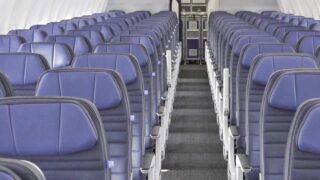
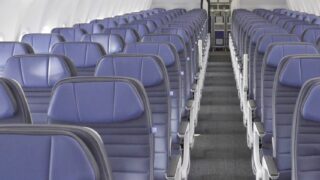
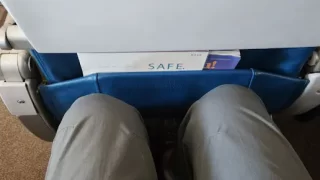
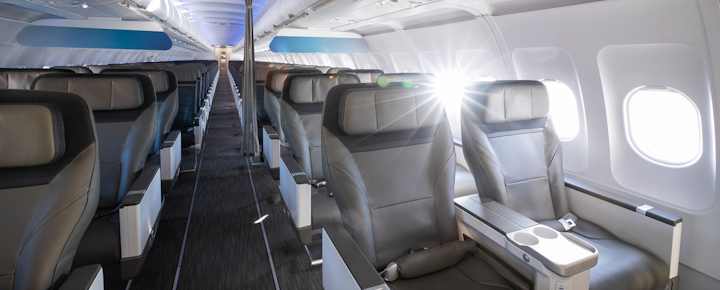
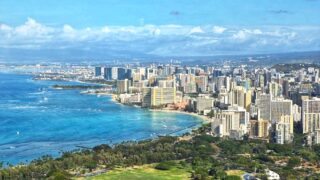
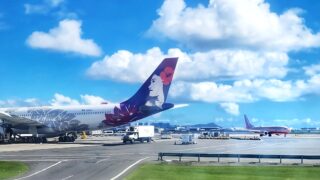
My husband and I are elderly we fly to see our grandchildren on the mainland each year, always on Hawaiian Air, but… this year I shopped for our tickets because last year was painfully difficult on smaller narrowbody planes. Our flights to and from were on widebody aircraft, all our mainland flights(about 15 flights) were on a 321A small, loud, and bumpy. This year our costs went up about 2/3 more. I did see the Alaska/Hawaiian does have a few flights that use the Seattle hub so we scored wide body planes all the way to Boston. But it is harder than ever. We live Hawaii and are now asking Where is the Aloha?
Hawaii-focus
I tok a flight to Hawaii ( Kona) and flight attendant took me to my seat, I told her I was handicapped and had put that when I book my flight. She said that seat was handicapped, it was an isle seat and had person next to me almost on top of me, I was having problems with him making sure he got every penny he paid for, he didn’t leave me hardly no leg room and was drinking and burping, it was the flight I ever had,, please fix this I won’t go to Hawaii until I hear something positive has happed
I Travel to Hawaii yearly and it costs me more to get more room that is a decent size. The regular seats aren’t doable. It is a long flight from NY.
I first started flying to Hawaii in the early nineties. For about 10 years all the flights were on 747s.
What is bulkhead seating? Where is it located?
Fuel efficiency is super-important in limiting the carbon emissions and climate impact of long-haul flights to Hawaii. That is a really good reason for airlines to be using narrowbodies on Hawaii flights.
No it is a long flight to be seated like that. They need to give more room.
Why is it that cruise ships are getting bigger and airplanes are getting smaller??
Follow the money.
Customer service, comfort and satisfaction have gone the way of the Do Do birds. Sadly, flying is about the only way to get to the islands and the airlines know this. Money means more to them than their customers — and this is true in just about everything nowadays. Greed Reigns.
Just an FYI for some… UA flies a single aisle 757 which has a decent “first class”. Lay flat seats and all! (DEN – LIH)
Shrinking planes, increasing airfares, higher room taxes/fees and new state visitor fees all make cruising the Caribbean and vacationing on those islands more attractive. Not to mention much shorter flights from here on the East coast. Unfortunately, After 40 years of visiting including 3 years of living in Hawaii the call to bid “Aloha” to thee beautiful islands and their people grows stronger.
My apologies for double-posting, but what so many are missing are the cost comparisons between the “glory days” and today.
The average economy class roundtrip between the West Coast and Hawaii was roughly $500 – $600 in 1980 when the skies were filled with 747s (entered service in 1969), DC-10s (entered service in 1971), and L1011s (entered service in 1972).
$500 – $600 in 1980 is the equivalent of $1900 to $2300 today, adjusted for inflation.
So, by all means, let’s go back to the heyday of widebody flights, but expect to pay $2300 per person for an economy class ticket.
What? You mean I can’t have free stuff?
There’s been a lot of talk about the narrow body aircraft and how uncomfortable they are. I totally agree. But, does anyone else besides me think that there’s a safety concern? If the plane were to catch fire upon landing, how would all the sardines (aka people) evacuate quickly out of those tightly packed seats? What does the FAA say about this?
You almost have to walk sideways to even get down the aisle of the plane. I can’t even imagine the chaos in an emergency situation. Say a prayer and kiss your ‘you know what’ good-bye.
The arguments here are borderline nonsensical.
Each time the public has been given a choice between price and comfort, they have voted price.
Every.
Single.
Time.
Avery good point! Give people a choice of comfort and a $500 ticket or less room and comfort for $250 and guess what they’ll pick?
As with nearly every business experience these days …. greed reigns. Customer service/comfort. What is that? Why, it’s Unnecessary! If you want to go to Hawaii, we have basically two choices. We can fly on a tightly packed and uncomfortable flight and beg for a glass of water or swim. :0/ Sure miss the Aloha Spirit and comfort on past Hawaii flights.
Heaven help you if you must use the restroom and you’re behind the refreshment carts.
This makes me so sad I agree with the one comment … vacation to Hawaii started as you boarded that plane.
In looking at flights today I noticed that Alaskan Airlines is already shaking things up. Hawaiian Airlines’ flights out of Ontario, Ca are now listed as Alaskan flights. How is this going to change the experience? Also you can’t see what seats are available early in the booking process anymore. What about all the Hawaiian miles you may have racked up. Not pleased.
The only way to stop this is to only fly wide bodies and when they stop using then, you just stop flying on that airline.
It’s frustrating. What ever happened to that the “Hawaii vacation starts when you board” feeling. It is sure fading. Wide-bodies made the journey special—now it’s just another flight.
This one is a challenge. I love nonstop flights, but not when it means cramming into a narrow-body for six hours. It is hard to stand. Airlines need to rethink passenger comfort.
The A321XLR sounds great for airlines, but awful for passengers. It feels like a downgrade in every way. I miss the comfort of wide-body planes and if it is even possible the narrow-body planes look like they too are in for a downgrade.
While I’ve been flying to Hawaii for years, the shift to narrow-bodies is disappointing. It’s just not the same experience anymore and the options are fewer all the time.
I’m an ex-“stewardess” who flew mostly long distance flights in my career. I opted to do the hard work up front in first-class because I loved it. We had boarding drink service/cocktails/ meal services complete with white table cloths, Chairs that swiveled to form a dining table, Christofle silver complete with ice tongs, embosed matches with the passengers name ( yes they could smoke back then), crystal glassware, Chateaubriande carved at your table/ premium wines, cocktail bar always open in FC, after dinner drink cart wheeled through FC with coffee and dessert service, snack service, and a full breakfast service. It was a long overnight flight from Baltimore or New Jersey to London or Frankfurt. Exhausting but fun.
I went home to Hawai’i many times deadheading/working. I remember flight from Oakland or LAX at only 4.5 hours with a good tail wind?? Seats in Economy were huge/wide. Everyone was served a hot towel and hot meal, Good Old Days ( except for the smoking).
I remember too. I was a Delta stewardess 55 years ago. We had a whole course in training on white linen dinner service.
And how much did that ticket cost in 2025 dollars?